Below is a detailed article on the wonderful dance form of ballet, the origination of which dates back to the 15th century Italian Renaissance period. It was popularised across Europe and in Russia and developed more in the Victorian Era.
Table of Contents
What is Ballet?
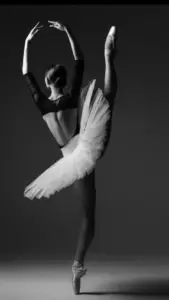
Ballet is a form of dance that began in the Italian Renaissance period, it is a theatrical form of entertainment that includes graceful movements to showcase a drama, story, theme or characterization of different scenarios. It is beautified by grand staging, background effects, and orchestra music for much more effects and entertainment.
It is now a global dance form, the techniques of which are being used even today in many other dance forms of different cultures across the world.
The word ‘ballet’ has evolved from the Latin word ‘Ballo’ which means to dance. The English word came to be popularised around the 1630s.
History of Ballet
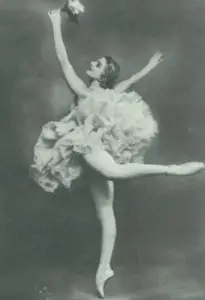
The dance form of Ballet came to be originated in the fifteenth century during the Italian Renaissance period. It was under the reign of the Empress Catherine de’ Medici that ballet became a form of royal entertainment. These dancers that danced in the court were called ‘the court ballets’. They danced to entertain the queen and the tradition quickly spread across Europe.
They wore heavy jewellery and complex coloured dressed to impress the viewers. They performed in halls of the palaces and large chambers with spectators of more than 100 people at a time. As the popularity increased during the reign of King Louis XIV of France, he instituted the Royal Dance Academy for young people to enroll and take up the art of dancing the ballet as a serious profession. It was called Académie Royale de Danse.
This was in the year 1661 and the director of this dance foundation was Jean-Baptiste Lully who was also the director of the Royal Academy of Music in Paris that produced the First Ballet company. Jean-Baptiste Lully was an Italian music instrumentalist and music composer.
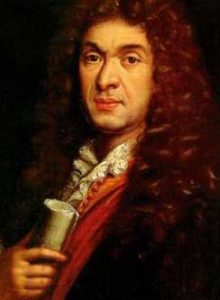
The ballet company came to be known as the Paris Opera Ballet. Ballet dancers came to be called ‘ballerinas’. After nearly 20 years, the ballerinas started getting trained at the French royal academy.
In the 1700s, ballet became a popular yet standard art form and came to become articulated or more artificial. This was unacceptable by French Ballet Master Jean Georges Noverre who was of the opinion that ballet is an art form of its own which should be expressive and dramatic depending on the situation.
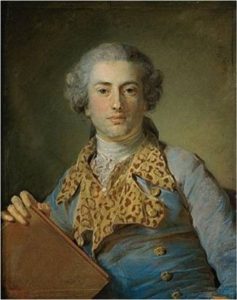
However, in the 19th century France, that is around 1830’s ballets became comparatively less popular. But it had major widespread in Denmark, Russia, and Italy.
Types of Ballet / Styles of Ballet
There have been many types of ballet art that have evolved over the 500 years of its origination in a number of countries. The standard forms remain the following.
- Classical Ballet
- Romantic Ballet
- Neoclassical Ballet
- Contemporary Ballet
Classical Ballet
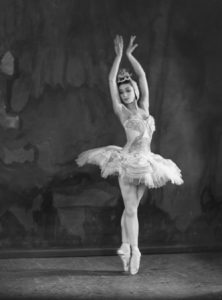
The classical ballet has standardized formal ballet movements originated from the French style of Ballet. Many forms have evolved in different countries that qualify as classical ballet forms from Italy, Russia, England, and France. The methods of ballet used at the Royal Academy of Dance in the UK are classical ballet forms. They are founded by a group of dancers from all over the world that is excellent at the ballet.
Examples of classical ballet are La Bayadere and the Cinderella composed by Sergei Prokofiev.
Classical ballet is mainly known for its beauty and gracefulness using high extensions, pointe work, and turnout of legs.
Romantic Ballet
The Romantic Ballet has evolved from the classical type of ballet. It is influenced by more female dancers. It portrays sensitivity, softness, and delicacy of female aura. However, Romantic ballet also has male performers. The significant movements include high pointe work, flowy tutus, and intense emotion. The plots of these rotated among spirited women, ghosts, mortality, etc.
The first Romantic ballet was performed in 1827 and was called ‘La Sylphide’. This era ended soon and the last one was performed in the year 1870.
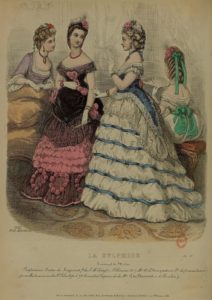
The famous Romantic Ballet dancers were de Marie Taglioni, Fanny Elssler, and Jules Perrot who was also a choreographer.
Neo-Classical Ballet
The Neo-Classical Ballet is totally void of scenery and costumes. It is a basic form of entertainment through pure ballet as a dance form. It is performed in groups of similar costumes that are not colorful or catchy. This is to avoid the viewers from concentrating on the form of dance entertainment rather than the outfit. Neo-Classical Ballet is performed on Neo-Classical Music of the 18th and 19th century.
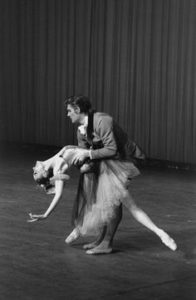
George Balanchine was a Neo-classical composer and the face of the Neo-Classical Ballet. Physically this form of ballet is highly rigorous, without subject and intense Neo-Classical music. Sometimes, a little sexual overtone is also added to enhance the entertainment.
Contemporary Ballet
Contemporary Ballet evolved from the Neo-Classical Ballet. The specialty of Contemporary Ballet is that it is performed barefoot. In this type of ballet, there is a high use of expressions, mime, and acting. The music is usually orchestral and more modern dance that evolved in the 20th century. The modern dance shows itself in the form of turn in of legs and pointe toes.
The American Ballet is mostly influenced by the Contemporary Ballet. The American Ballet theatre saw immense development of Ballet dance art in America due to brilliant performances given by George Balanchine and by choreographer Twyla Tharp
Ballet in the Victorian Era
The Victorian Era saw an evolved dance form from the 16th century Italy in 19th century England. Ballet was a pure and graceful form of dance that was practiced by both men and women in the Victorian era. There were different ballet schools across England where ballet training would take place. Ballet performances were put up at the Royal Academy of Dance in England which was founded after the Victorian era.
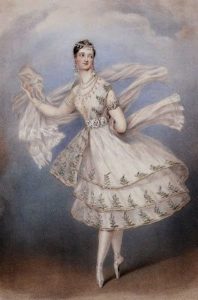
During the Victorian era, ballet costumes turned into close fitting dresses. Floral crowns and corsages along with romantic jewels were used on the costumes. By the time, girls wore corsets to show their curves during their graceful dancing.
Read more on the Victorian Era Ballet on this link.